Powering plant growth with solar panels instead of photosynthesis could be a more efficient way of using the Sun’s energy for food. But it’s not all good news.
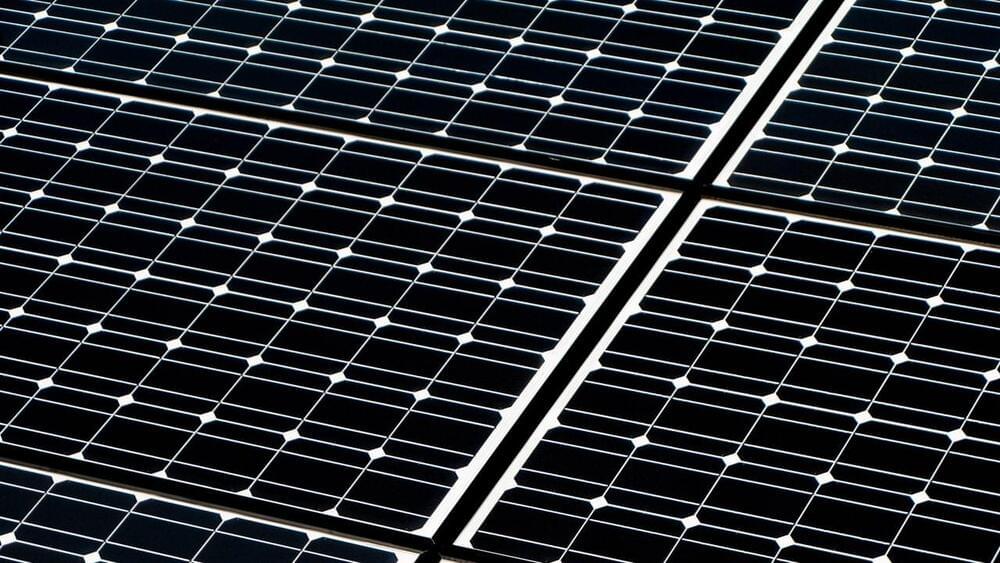

Hibernation Biology & Applications In Human Health & Resilience — Dr. Dana K. Merriman, Ph.D., Distinguished Professor Emerita of Biology; Director of the Squirrel Colony, UW-Oshkosh.
Dr. Dana K. Merriman Ph.D. (www.uwosh.edu/facstaff/merriman/VaughanHome), is Distinguished Professor Emerita of Biology, and Director of the Squirrel Colony, at University of Wisconsin Oshkosh, and Adjunct Professor of Ophthalmology & Visual Sciences, Medical College of Wisconsin.
With her BA in Biological Science and her PhD in Physiology and Cell Biology, both from University of California-Santa Barbara, as well as having spent time as a Postdoctoral Fellow at University of Utah Health Sciences Center, a core focus of Dr. Merriman’s laboratory research over the years has been the development of a captive breeding colony of the 13-lined ground squirrels.
This unique, one-of-a-kind captive breeding program, due to this species very unique cone-dominant, diurnal visual system, as well as their impressive physiological ability to survive in hibernation for over six months without food or water, has served investigators with animals and custom-dissected tissues from the US, Asia, and Europe for decades, as well as been core to Dr Merriman’s own work on vision, including cone cell biology and retinal function during the metabolic state transitions associated with hibernation.
Over the years, Dr. Merriman expanded her research horizon well outside of vision, into neuroscience, and in recent years she has collaborated on studies of muscle physiology, viral genomics, molecular biology of transposable elements, and comparative genetics of the control of coat patterning.
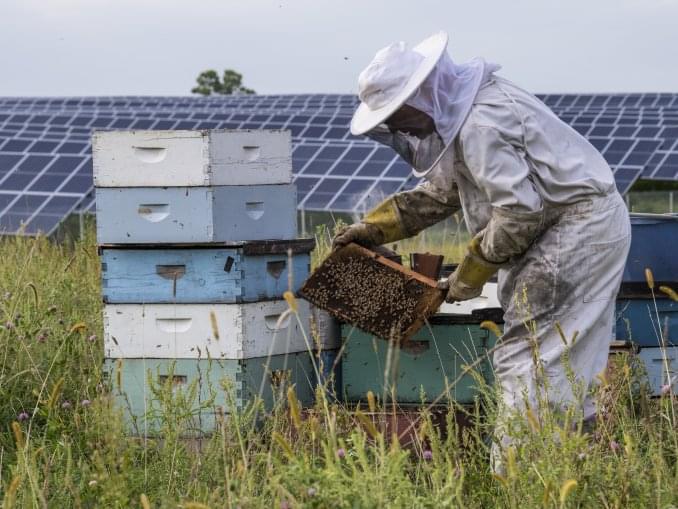

What if you could power the smart thermostats, speakers and lights in your home with a kitchen countertop? Stones, such as marble and granite, are natural, eco-friendly materials that many people building or renovating houses already use. Now, in a step toward integrating energy storage with these materials, researchers have fabricated microsupercapacitors onto the surface of stone tiles. The devices, reported in ACS Nano, are durable and easily scaled up for customizable 3D power supplies.
It would be convenient if the surfaces in rooms could charge smart home devices or other small electronics without being connected to the electrical grid. And although stone is a widely used material for floors, countertops and decorative backsplashes, it hasn’t been integrated with energy storage devices, such as batteries and capacitors. But stones, even those that are polished and seem smooth, have microscopic bumps and divots, making it difficult to adhere electrical components to them. Researchers have recently figured out how to place microsupercapacitors, which have fast charging and discharging rates and excellent power supply storage, onto irregular surfaces with lasers. So, Bongchul Kang and colleagues wanted to adapt this approach to build microsupercapacitors on marble. For further information see the IDTechEx report on Supercapacitor Materials and Formats 2020–2040.
Sustainable cell cultured mollusk seafood products — nikita michelsen, founder & CEO, pearlita foods.
Nikita Michelsen, is Founder & CEO of Pearlita Foods (https://www.pearlitafoods.com/), the world’s first cell-based mollusk company, which is developing sustainably & ethically grown products, like oysters and abalone, that are contaminant free without compromising flavor or nutrition.
Most recently Nikita served as both Director of Community and Director of Marketing of SynBioBeta and their Built With Biology premier innovation network for biological engineers, innovators, entrepreneurs, and investors who share a passion for using biology to build a better, more sustainable planet.
Nikita has a Bachelor’s Degree in Communication from UC Santa Barbara.
and a Master of Science in Information Science from Aalborg University.
A French startup is turning fish skins into leather. It could help keep food waste out of landfills while using less polluting tanning methods.
More World Wide Waste Videos:
Meet The Woman Who Turns Trash Into High-End Furniture That Costs Thousands | World Wide Waste.
https://youtu.be/jvID1DzlVow.
A Garbage Mountain Burned For Months — But These People Couldn’t Leave | World Wide Waste.
How Sand Made From Crushed Glass Rebuilds Louisiana’s Shrinking Coast | World Wide Waste.
#Fish #WorldWideWaste #BusinessInsider.
Business Insider tells you all you need to know about business, finance, tech, retail, and more.
Visit us at: https://www.businessinsider.com.
Subscribe: https://www.youtube.com/user/businessinsider.
BI on Facebook: https://read.bi/2xOcEcj.
BI on Instagram: https://read.bi/2Q2D29T
BI on Twitter: https://read.bi/2xCnzGF
BI on Snapchat: https://www.snapchat.com/discover/Business_Insider/5319643143
Boot Camp on Snapchat: https://www.snapchat.com/discover/Boot_Camp/3383377771
Fish skin leather could fight restaurant waste | world wide waste | business insider.
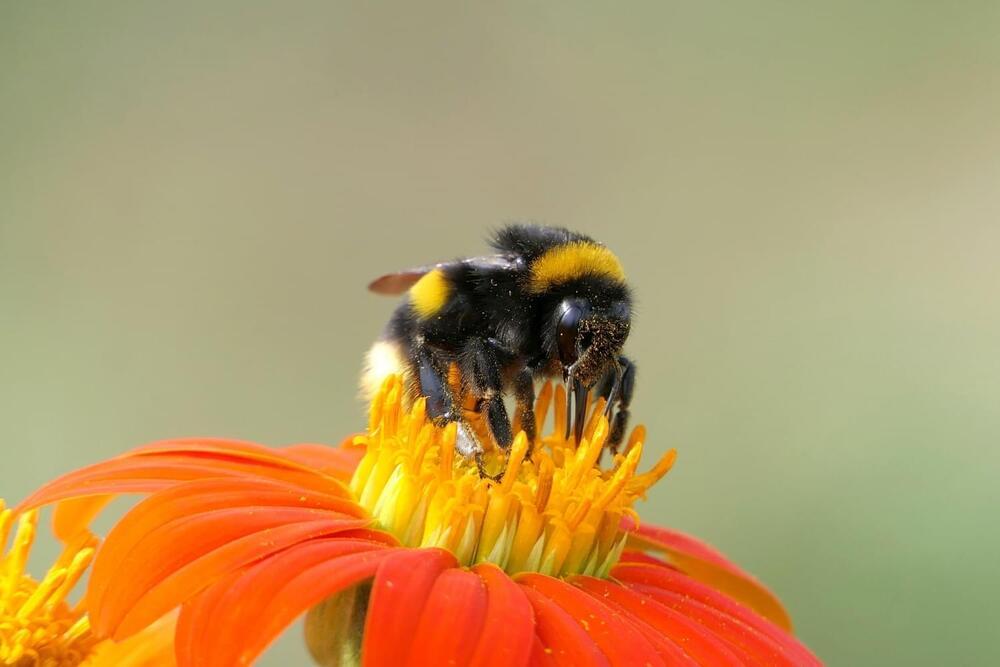
The AI-powered robot is named “Polly” and will pollinate truss tomato plants in Costa’s tomato glasshouse facilities in Guyra, New South Wales.
In its commercial application, Costa wrote on its website that these robotic pollinators will drive between the rows, detect flowers that are ripe for pollination utilizing artificial intelligence, and then emit air pulses to vibrate the flowers in a certain way that mimics buzz pollination that is carried out by bumblebees.
Compared to using insects, like bees, and the human laborers that are occasionally required to aid with the growth of particular crops, pollination robots could provide future farmers with a major advantage, which is to improve productivity.
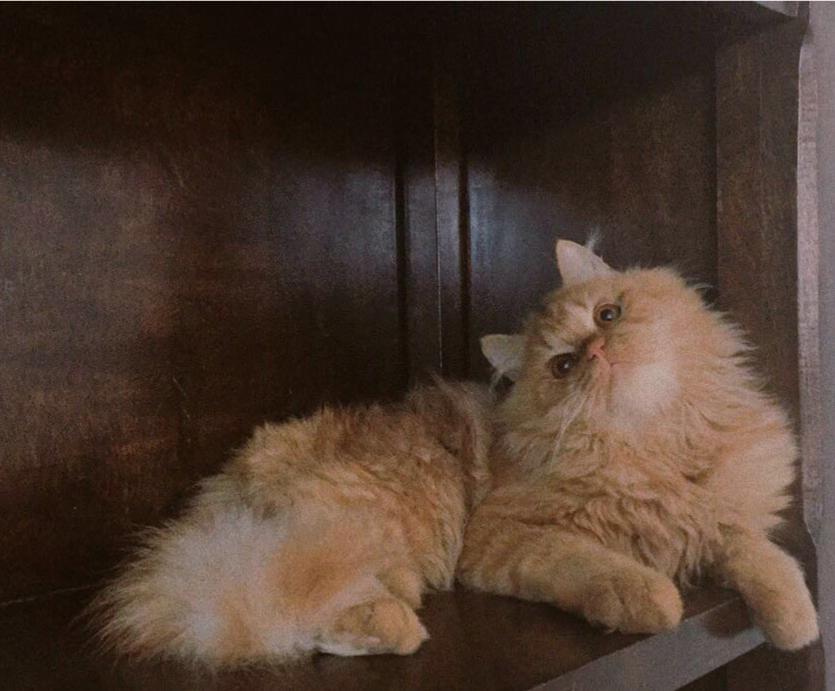
Yes, it is true, cats are known to possess certain math skills in their own feline manner. Although it is obvious, they don’t have the knowledge of trigonometry or geometry as we do, but they sure understand the concept of ‘more and less’.
Every cat owner knows they get notified by their cat if the food dish is getting empty or the water is relatively less in the bowl. Furthermore, as they grow, cats can adeptly tell the difference between heights.
Albeit, this is still an ongoing study and researchers have found similarities between the thinking process of fish and that of cats. Fish swim in schools, and that’s how they learn to count. Likewise, adult cats or rather mother cats can identify if one of the kittens is missing.
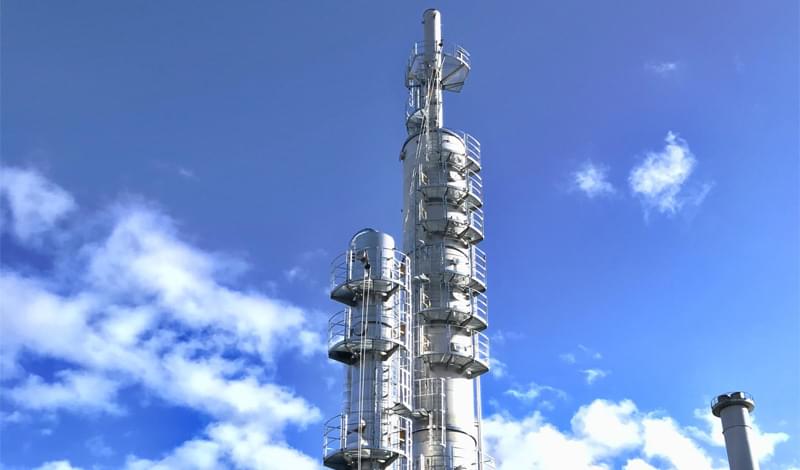
The plant seen here will capture 40,000 tonnes of carbon dioxide (CO2) each year – 100 times more than the UK’s current largest facility and equivalent to taking 20,000 cars off the roads. The £20 million investment has been completed by Northwich-based Tata Chemicals Europe, one of Europe’s leading producers of sodium carbonate, salt and sodium bicarbonate.
The project will help to unlock the future of carbon capture and utilisation, as it proves the viability of the technology at a large scale, removing CO2 from gas power plant emissions for use in high-end manufacturing applications.
In a world-first, the captured emissions are being purified to food and pharmaceutical grade, then used as raw material for a form of sodium bicarbonate that will be known as Ecokarb. This unique and innovative manufacturing process is patented in the UK, with further patents pending in key territories around the world. Ecokarb will be exported to more than 60 countries.
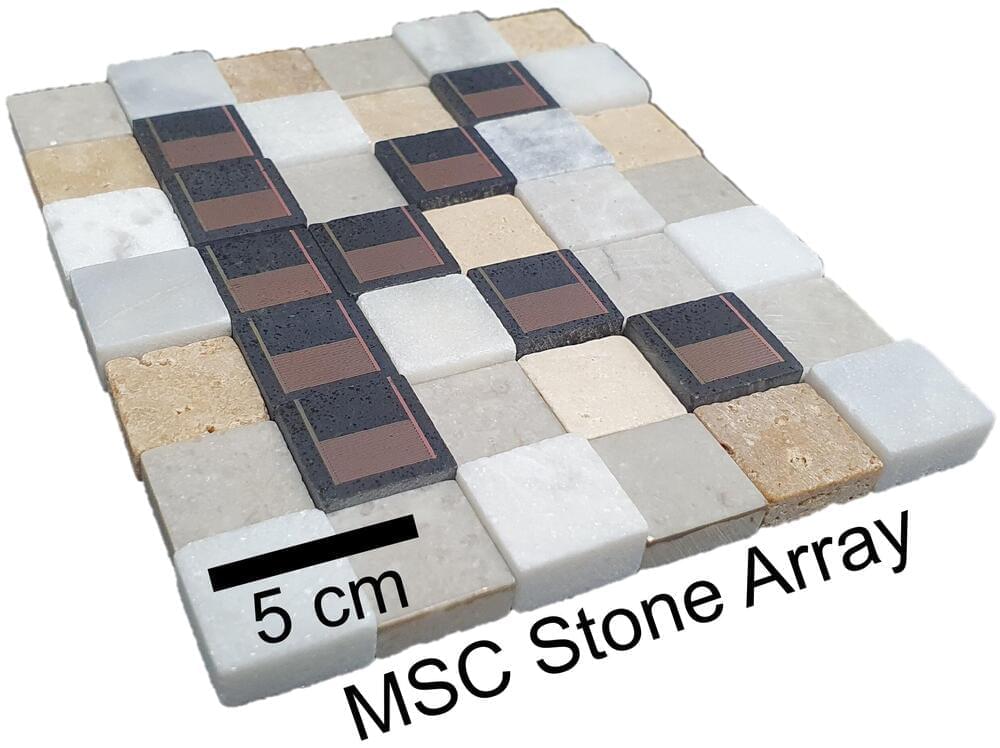
What if you could power the smart thermostats, speakers and lights in your home with a kitchen countertop? Stones, such as marble and granite, are natural, eco-friendly materials that many people building or renovating houses already use. Now, in a step toward integrating energy storage with these materials, researchers have fabricated microsupercapacitors onto the surface of stone tiles. The devices, reported in ACS Nano, are durable and easily scaled up for customizable 3D power supplies.
It would be convenient if the surfaces in rooms could charge smart home devices or other small electronics without being connected to the electrical grid. And although stone is a widely used material for floors, countertops and decorative backsplashes, it hasn’t been integrated with energy storage devices, such as batteries and capacitors.
But stones, even those that are polished and seem smooth, have microscopic bumps and divots, making it difficult to adhere electrical components to them. Researchers have recently figured out how to place microsupercapacitors, which have fast charging and discharging rates and excellent power supply storage, onto irregular surfaces with lasers. So, Bongchul Kang and colleagues wanted to adapt this approach to build microsupercapacitors on marble.